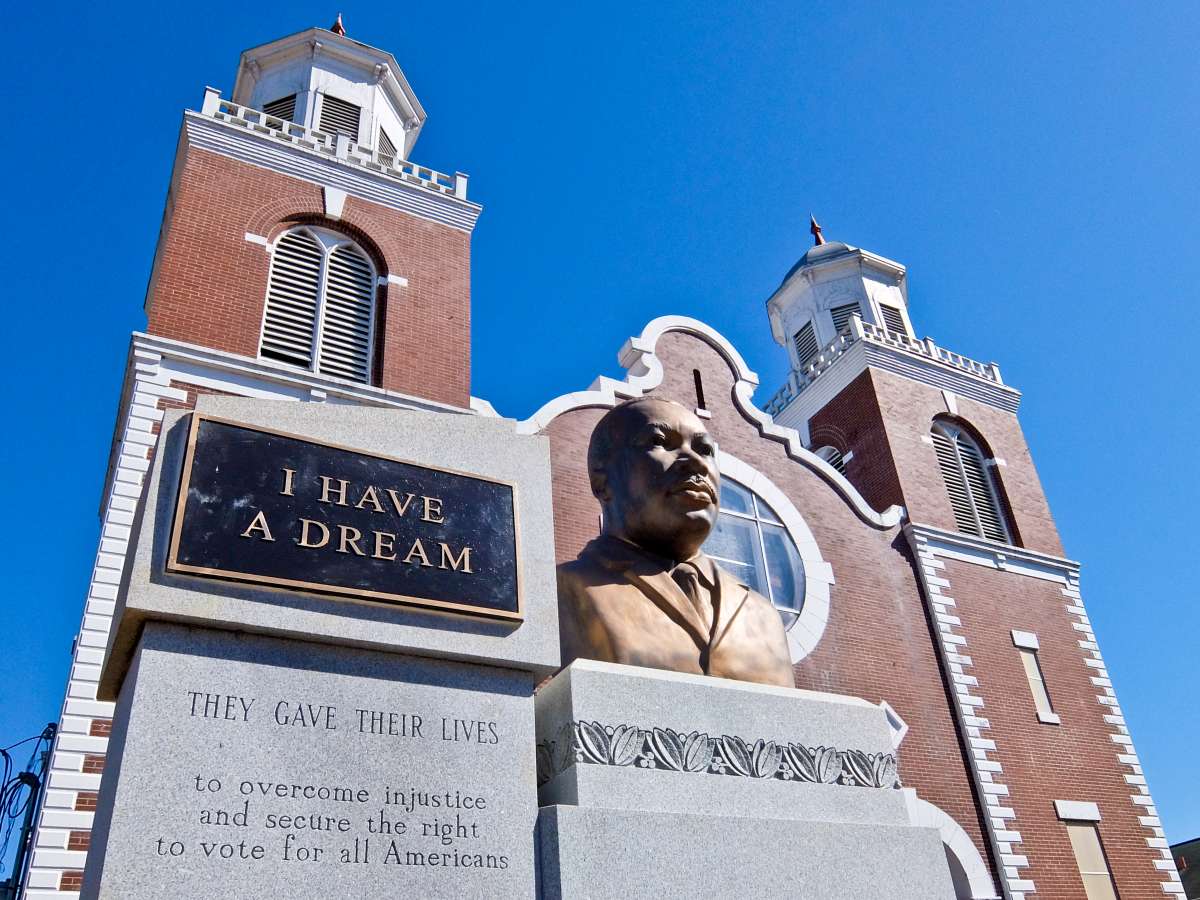Alabama is right at the heart of the Deep South, bordered by Tennessee, Georgia, Florida, and Mississippi, and the scenery is surprisingly varied. The central part of the state is flat, with a covering of rich fertile topsoil that spans its entire width. This made it perfect for growing cotton and, in the early 19th century, huge plantations sprung up, with thousands of slaves toiling in the fields. This area is still known as the Black Belt, not because of the people who worked here, but because of the colour of the soil. These days cotton production has moved elsewhere and the huge antebellum mansions stand crumbling from neglect.
The northern part of state is mountainous, on the edge of the Appalachians, with the Tennessee River cutting though in a large valley, supplied by creeks, streams, and lakes. In the south the land is covered in humid sub-tropical forests which give way to the Mobile-Tensaw delta and low lying alligator infested swamps. The port of Mobile, on the Gulf of Mexico, was the first capital of colonial French Louisiana in 1702, and east of here are excellent beaches with long stretches of pristine white sand.
Here we take a look at the various towns of this rugged state:
Birmingham
Most people arrive at Birmingham–Shuttlesworth International Airport and it’s only half an hour to downtown. The city was once known as the Magic City as all the raw materials for steel manufacture were found here and heavy industry thrived. These days that’s all in the past, but some of this heritage has been turned into tourist attractions. Red Mountain Park was where iron ore was mined and the whole area has been turned into a green adventure space and a trail for hikers and bikers will eventually extend all the way to downtown. Sloss Furnaces, right in the heart of the city, is an item of industrial beauty, its huge metal rusted towers visible for miles. A guided tour gives you a sense of what life was like for workers during its 90 years of operation.
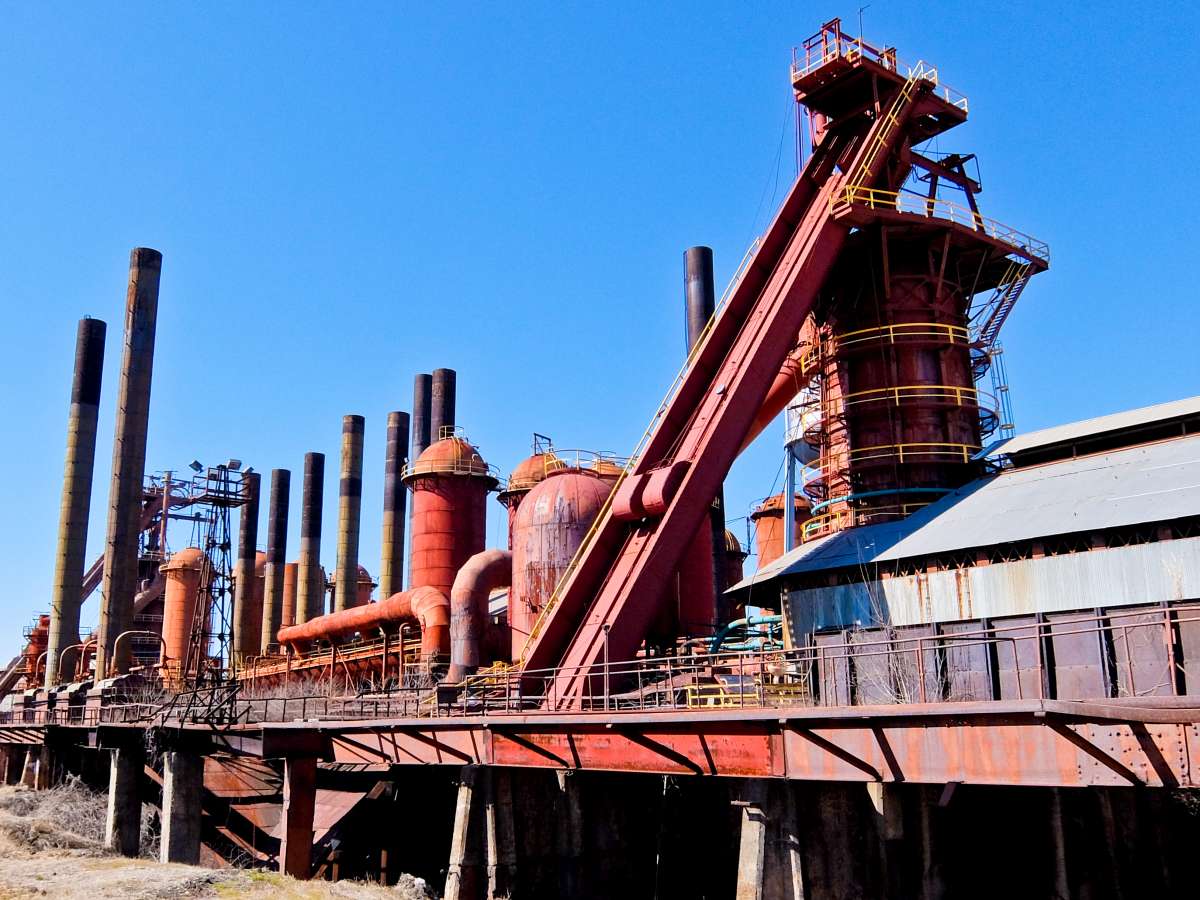
Sloss Furnaces (c) Rupert Parker
The city played a major role in the struggle for civil rights and was nicknamed Bombingham because of hundreds of Ku Klux Klan bombings from the 50’s to the 60’s. Thankfully that’s a thing long gone and today a part of downtown has been designated as the Civil Rights Cultural District and all the major sites are accessible on foot. Start at the Birmingham Civil Rights Institute for an overview, visit the 16th Baptist Church, where four innocent girls were killed by KKK bomb in 1963, and take the Freedom Walk though Kelly Adams Park, just opposite.
Just 20 miles outside town is the Barber Vintage Motorsports Museum which has the world’s largest motorcycle collection. There’s a rotating display of around 700 bikes, chosen from their collection of over 1,400. It’s beautifully laid out and most have been restored to factory condition. If bikes hold no interest there’s also an extensive collection of Lotus cars, plus other rare vehicles.
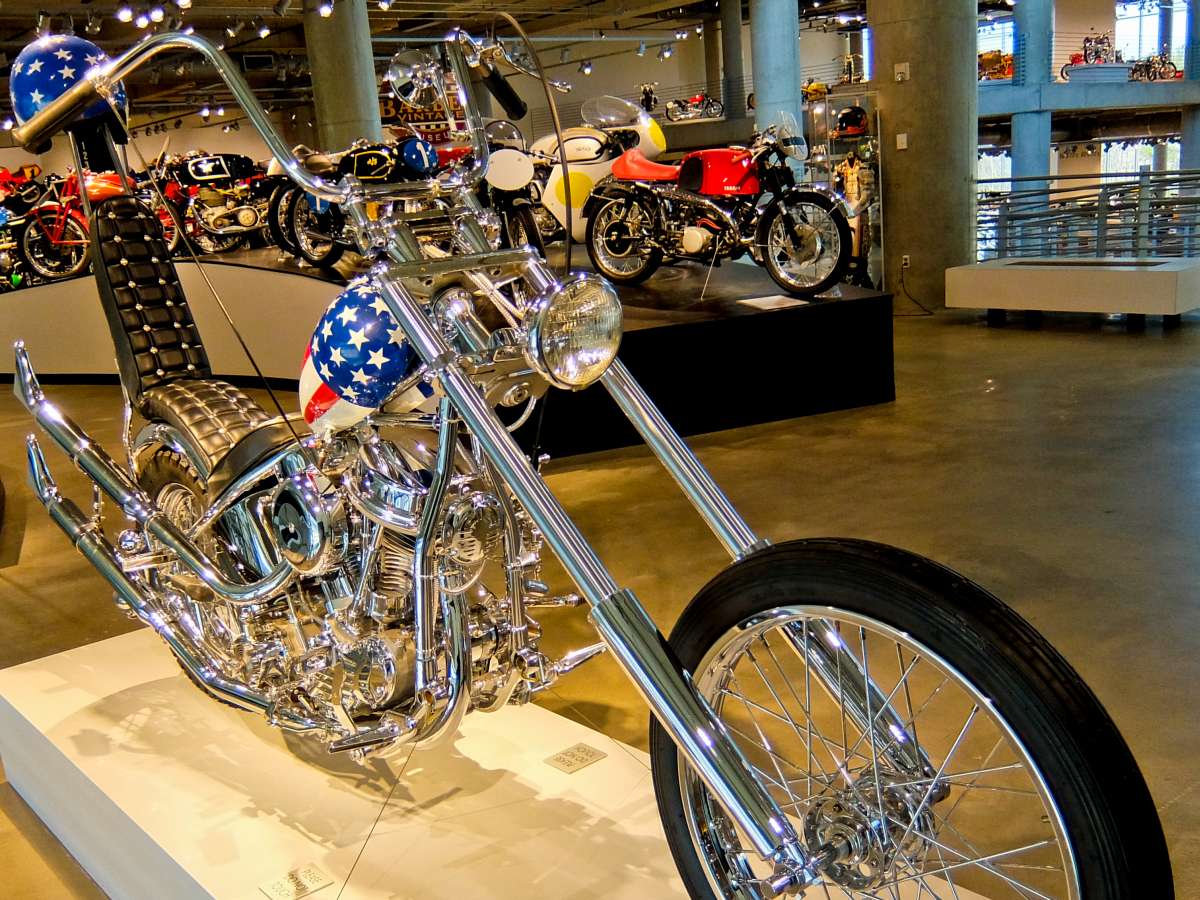
Barber Motorcycle Museum Easy Rider (c) Rupert Parker
Montgomery
The state capital and second largest city in Alabama, on the banks of the Alabama River, Montgomery is dominated by the Greek revival white Capitol building, at the top of Dexter Avenue, once the seat of Confederate government. Just one block away is the Dexter Avenue Baptist Church where in 1954 Martin Luther King got his first job as preacher and stayed until 1960. You can see the modest pulpit where he preached and can sit at his desk in the study.
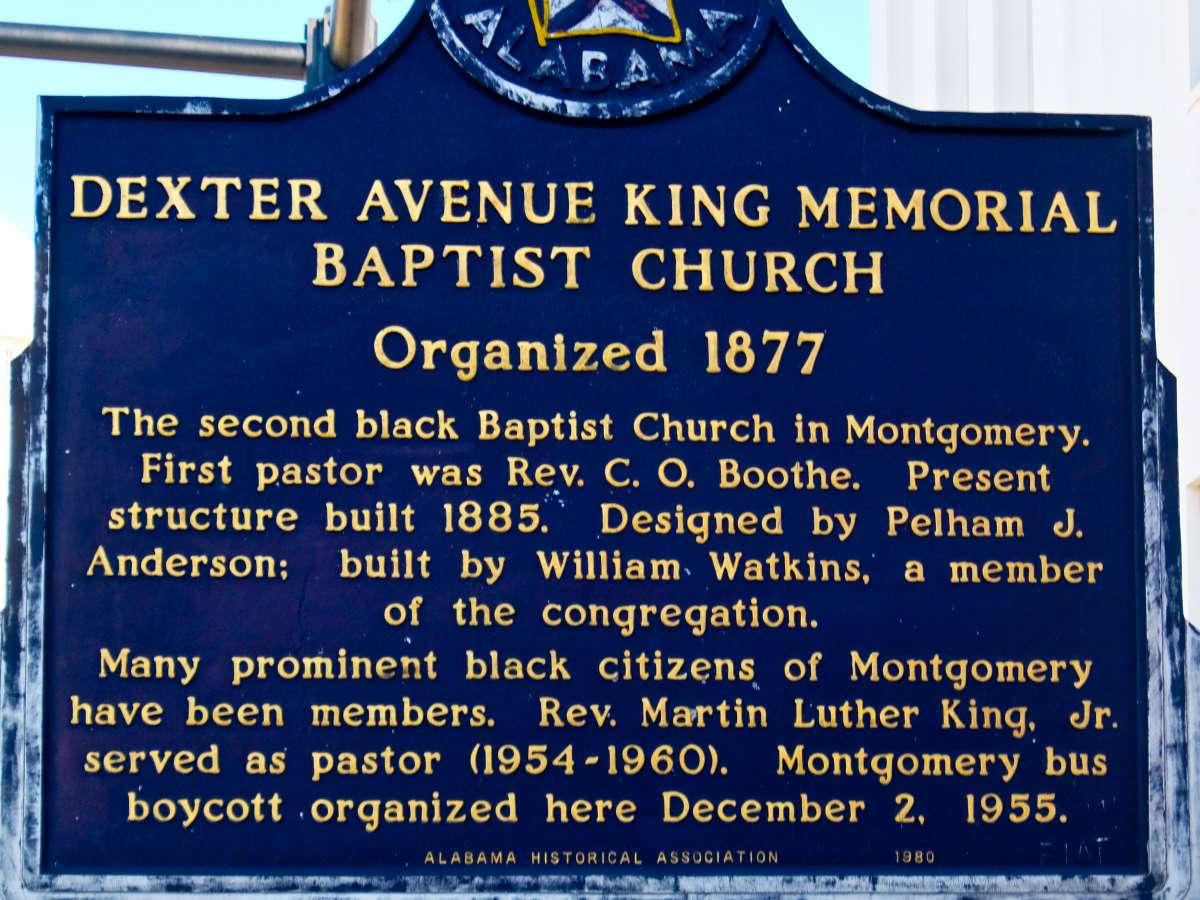
Dexter Ave Baptist Church Sign (c) Rupert Parker
Further down the street is the Hank Williams Museum which includes his 1952 Baby Blue Cadillac, 17 of his suits, a few guitars, his piano and even the saddle for his horse. It’s worth visiting his memorial gravesite in Oakwood Cemetery Annex and shedding a tear for his early death at 29.
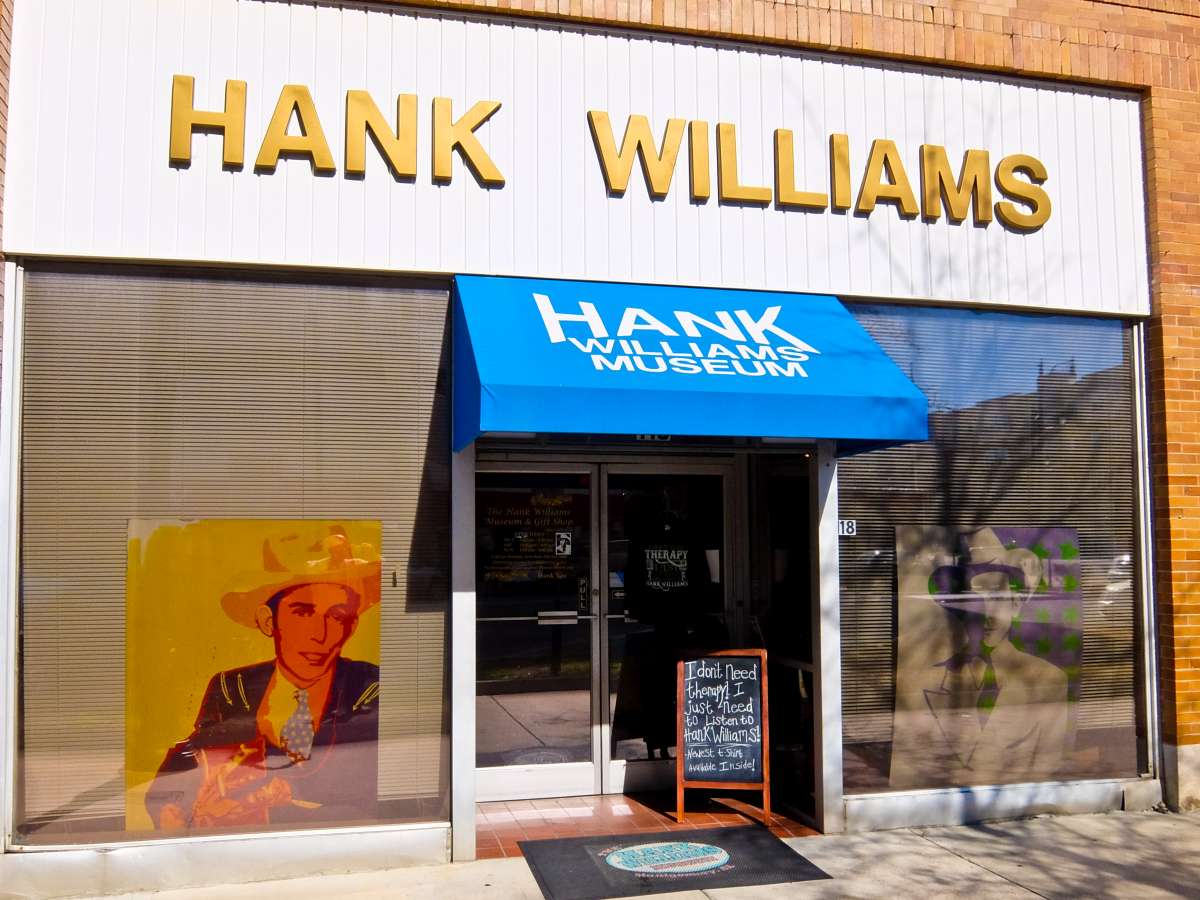
Hank Williams Museum (c) Rupert Parker
Selma
An hour’s drive west, along what it is now an American National Historic Trail, is the city of Selma, where the infamous 1965 march on Montgomery began. The Edmund Pettus Bridge, just outside town, was where State Troopers beat the protesters back but on their third attempt, protected by the National Guard, they were allowed to proceed. Today the Selma Interpretive Center, just by the bridge, tells the story and there’s also a self-guided 30 minute historic walking tour which visits First Baptist Church, the Browns Chapel African Methodist Episcopal Church, the Martin Luther King, Jr. monument, and George Washington Carver Homes.
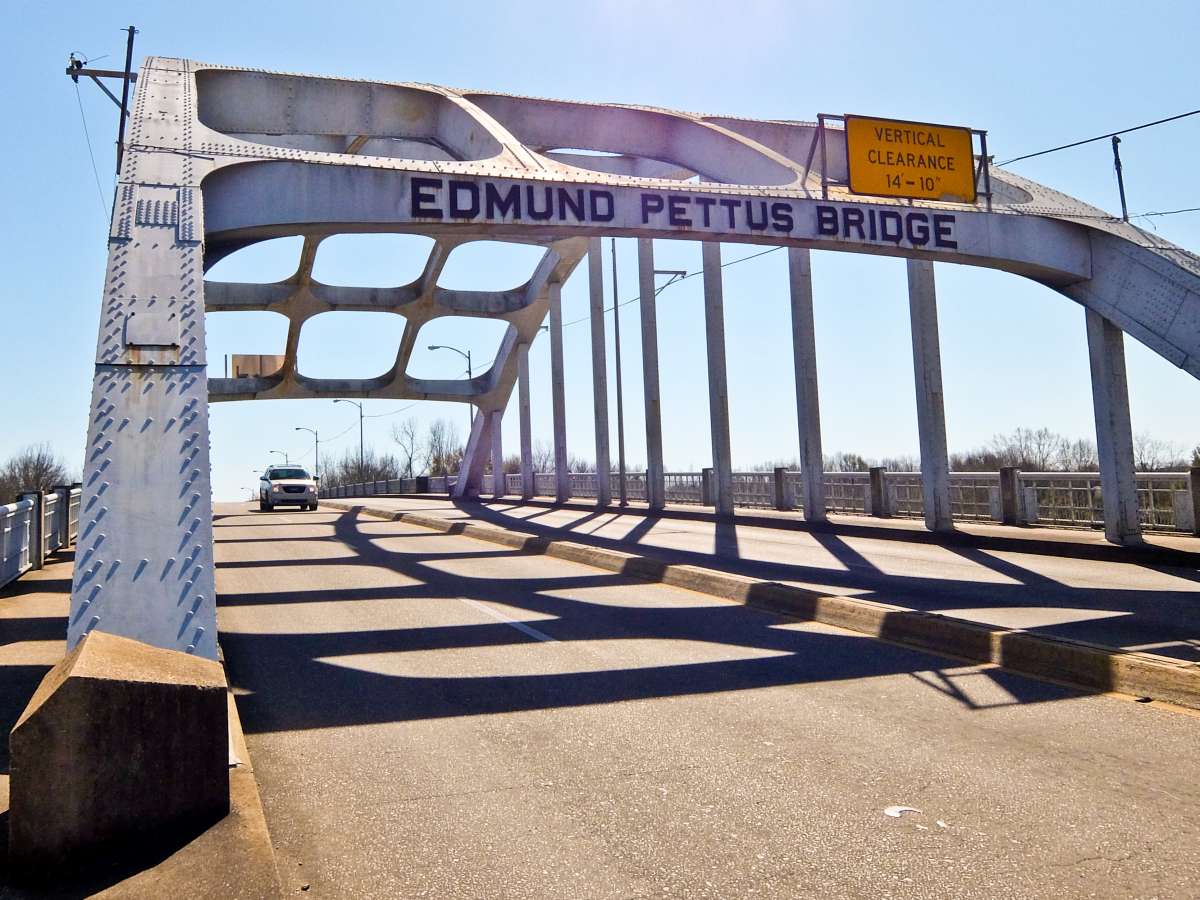
Edmund Pettus Bridge (c) Rupert Parker
Mobile
French settlers held the first US Mardi Gras in Mobile in 1703, some 15 years before New Orleans. The event runs for 19 days every January and it’s very much a family affair. The parades are spectacular, and large crowds gather to collect beads thrown from immense multi-coloured floats. On Joe Cain day, the Sunday before Fat Tuesday, you can even march in the procession but advance booking is essential.
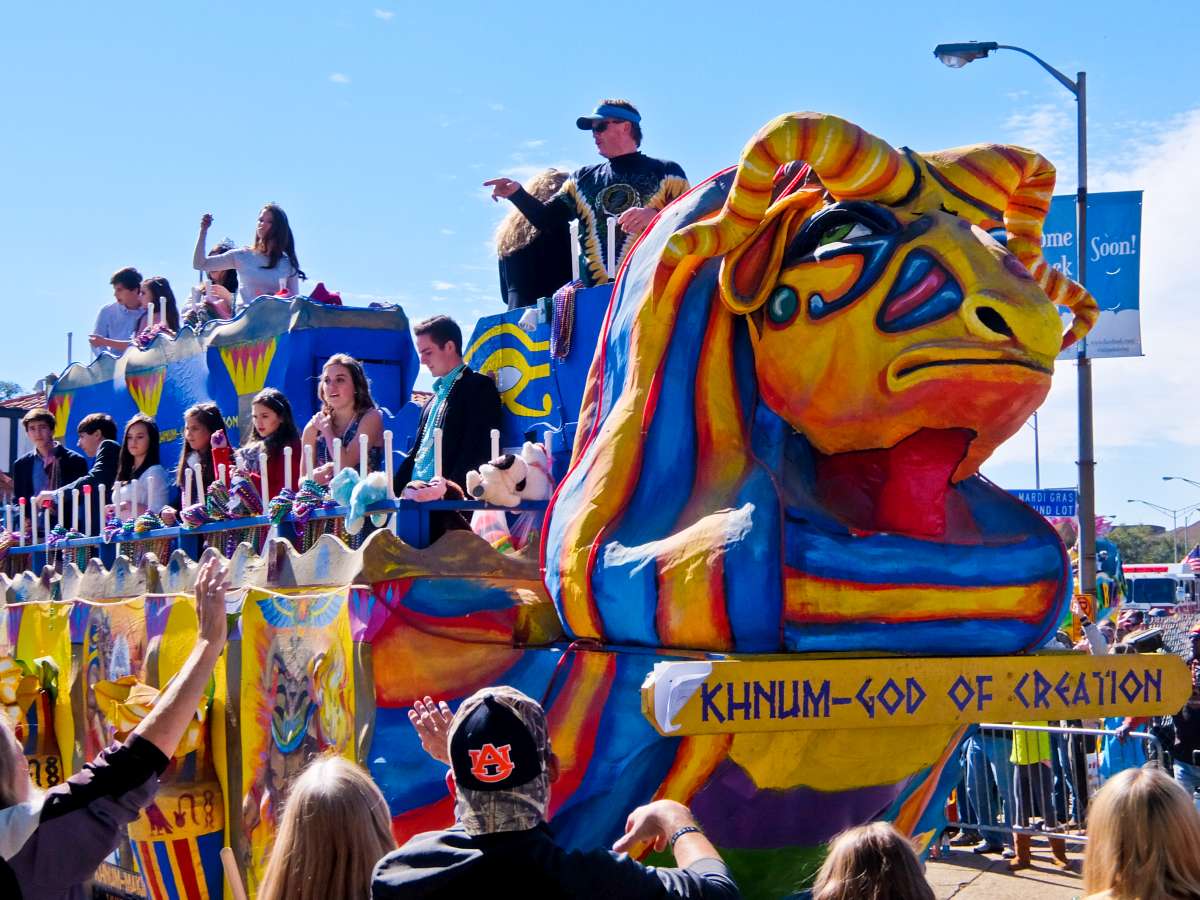
Mardi Gras Khnum Mobile (c) Rupert Parker
The city has a vibrant downtown, full of bars, restaurants and live music, and also a large historic district with many antebellum houses. Visit the Bragg-Mitchell Mansion and the Oakleigh Plantation, where guides in period costume will introduce you to the history of the estate. If you want to see alligators in the wild, then a boat tour around the swamps of the Mobile-Tensaw Delta with Wild Native won’t disappoint. If you venture further east, the Gulf Shores are the place for sun, seafood and long sandy beaches.
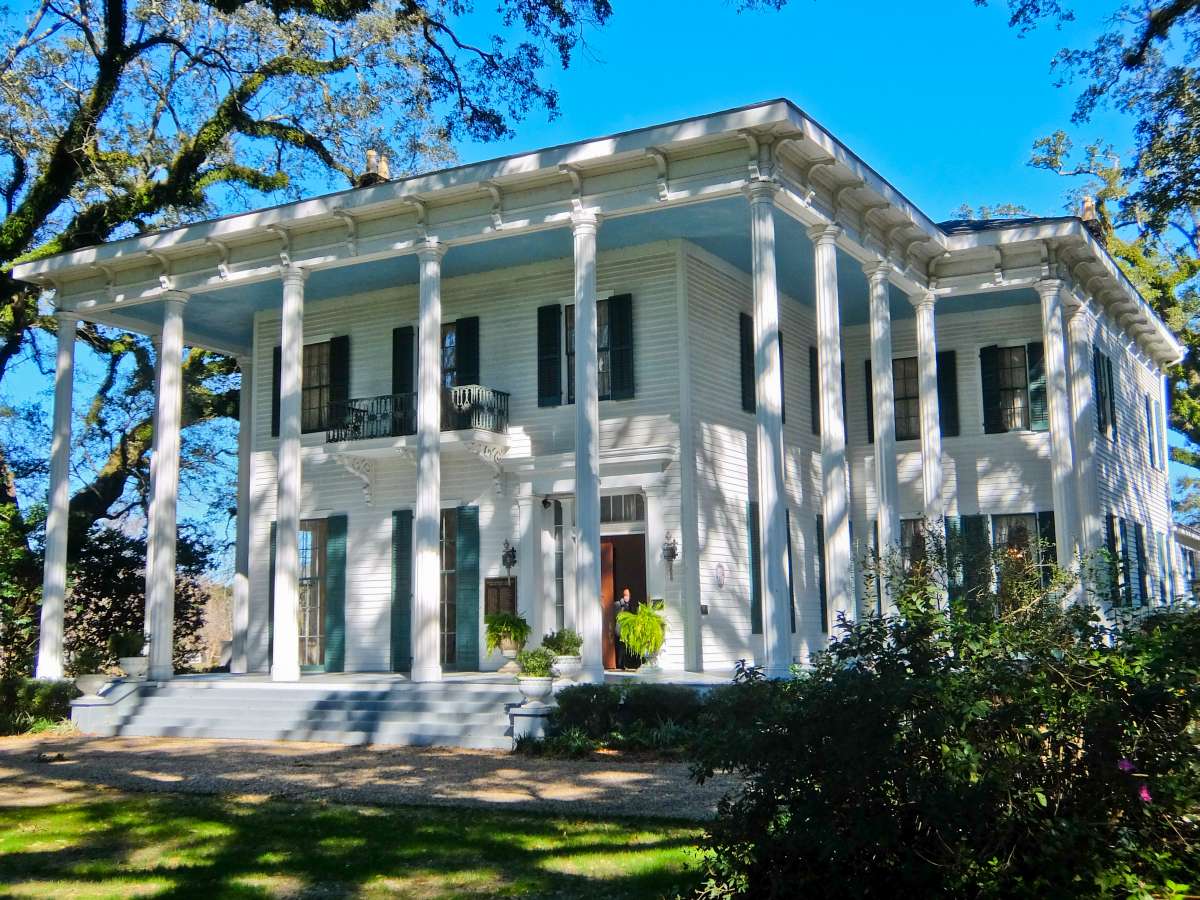
Bragg-Michell Mansion, Mobile (c) Rupert Parker
Muscle Shoals
In the far north of the state, the Muscle Shoals area is home to the famous studios where musicians including Aretha Franklin, Wilson Pickett and the Rolling Stones recorded some of their greatest hits. FAME Studios has daily tours and Muscle Shoals Sound Studio is soon to reopen for tourists. WC Handy, the father of the blues, was born in a wooden shack in Florence and it’s now been restored as a museum, complete with the piano where he wrote St Louis Blues. Don’t forget the Alabama Music Hall of Fame which celebrates many of the state’s famous musicians.
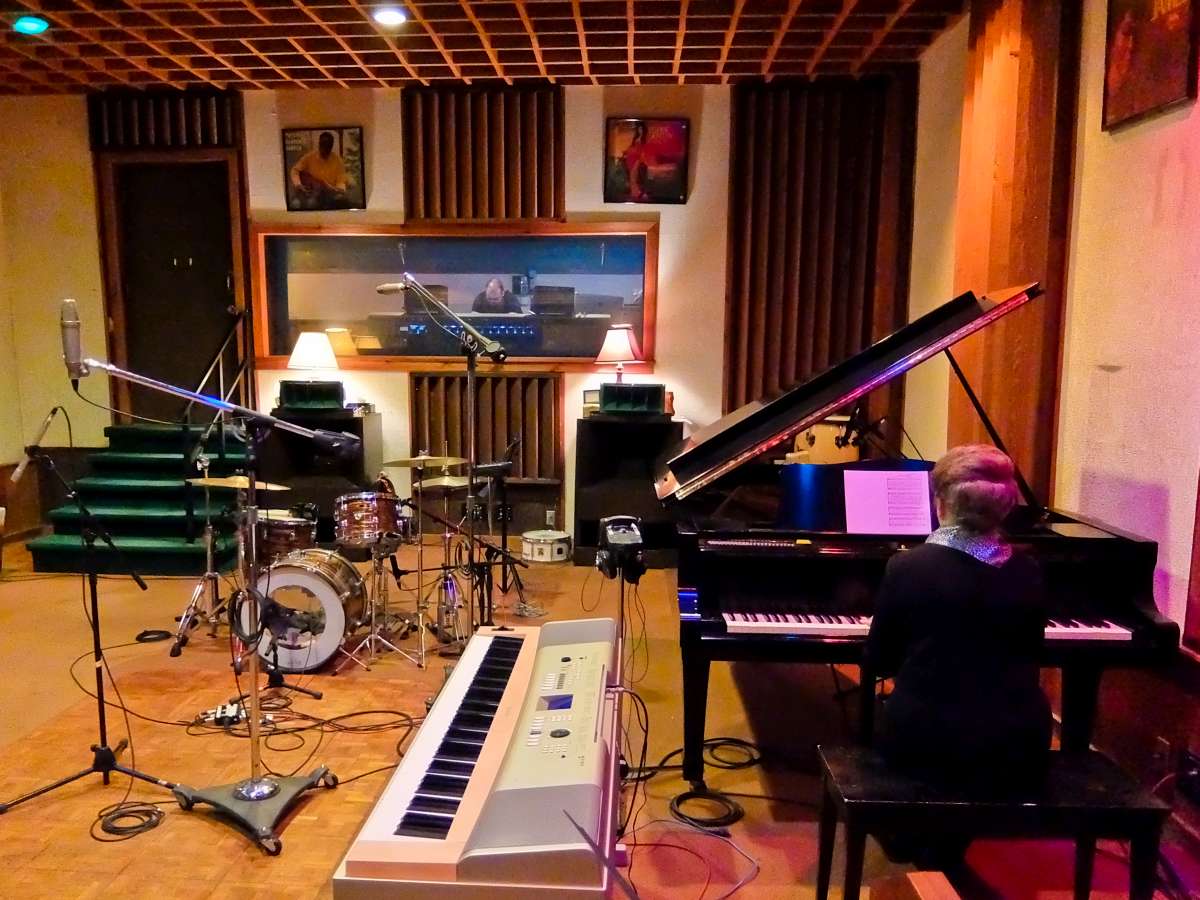
FAME Studios (c) Rupert Parker
Helen Keller, famous for championing the cause of the blind and the deaf around the world, was born in Tuscumbia in 1880 and her childhood home is now a museum.
Perhaps the most extraordinary place to visit is Tom’s Wall, America’s largest un-mortared wall, stuck in the middle of the forest outside Florence. Over 30 years, Tom Hendrix put together this tribute to his Native American great great grandmother using his bare hands. It symbolises her “Trail of Tears” – a 700 mile walk from exile back to her native land and it’s a strangely spiritual place.
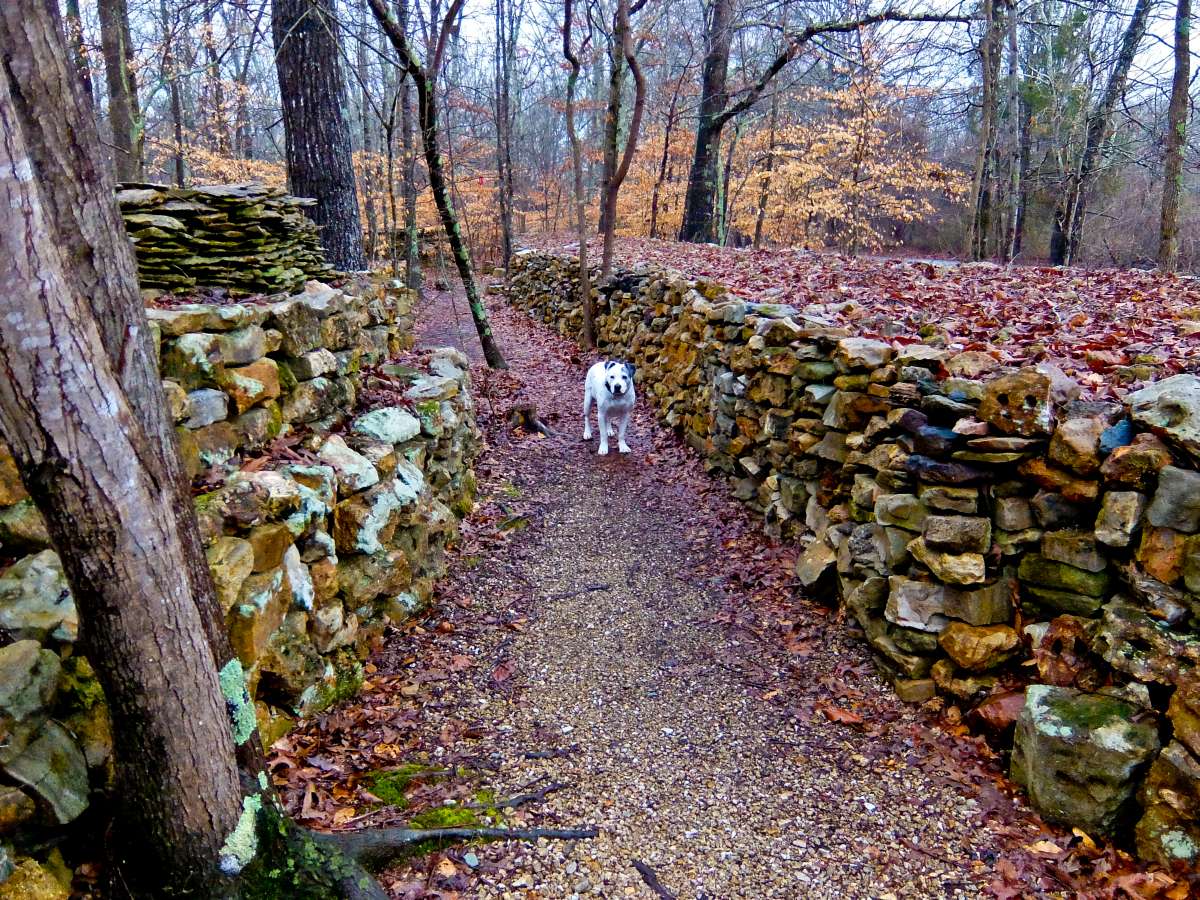
Tom’s Wall (c) Rupert Parker
Useful Links
Alabama Travel has tourist information.
British Airways, with American Airlines, flies to Birmingham via Dallas or Miami.
Birmingham
- Hassinger Daniels Mansion Bed and Breakfast is close to downtown.
- Irondale Café serves excellent Fried Green Tomatoes.
- The Bright Star restaurant opened in 1907 and is now an institution.
Montgomery
- Renaissance Montgomery Hotel and Spa is right in downtown
- Martha’s Place serves authentic soul food.
- The A&P Social restaurant offers fine dining.
Mobile
- The Battle House Hotel dates from 1908 and has been lovingly restored.
- Dauphin’s Restaurant is newly opened and offers fine dining with lovely views.
- Wintzell’s Oyster House has been a local favourite since 1938.
- The Grand Hotel, near Fairhope, is handy for exploring the beaches.
Muscle Shoals
- Marriott Shoals Hotel & Spa makes a good base and has live music every night.
- Odette in Florence serves southern food with an international twist.
- Champy’s, in Daphne, uses a family recipe for its fried chicken and has live music.

